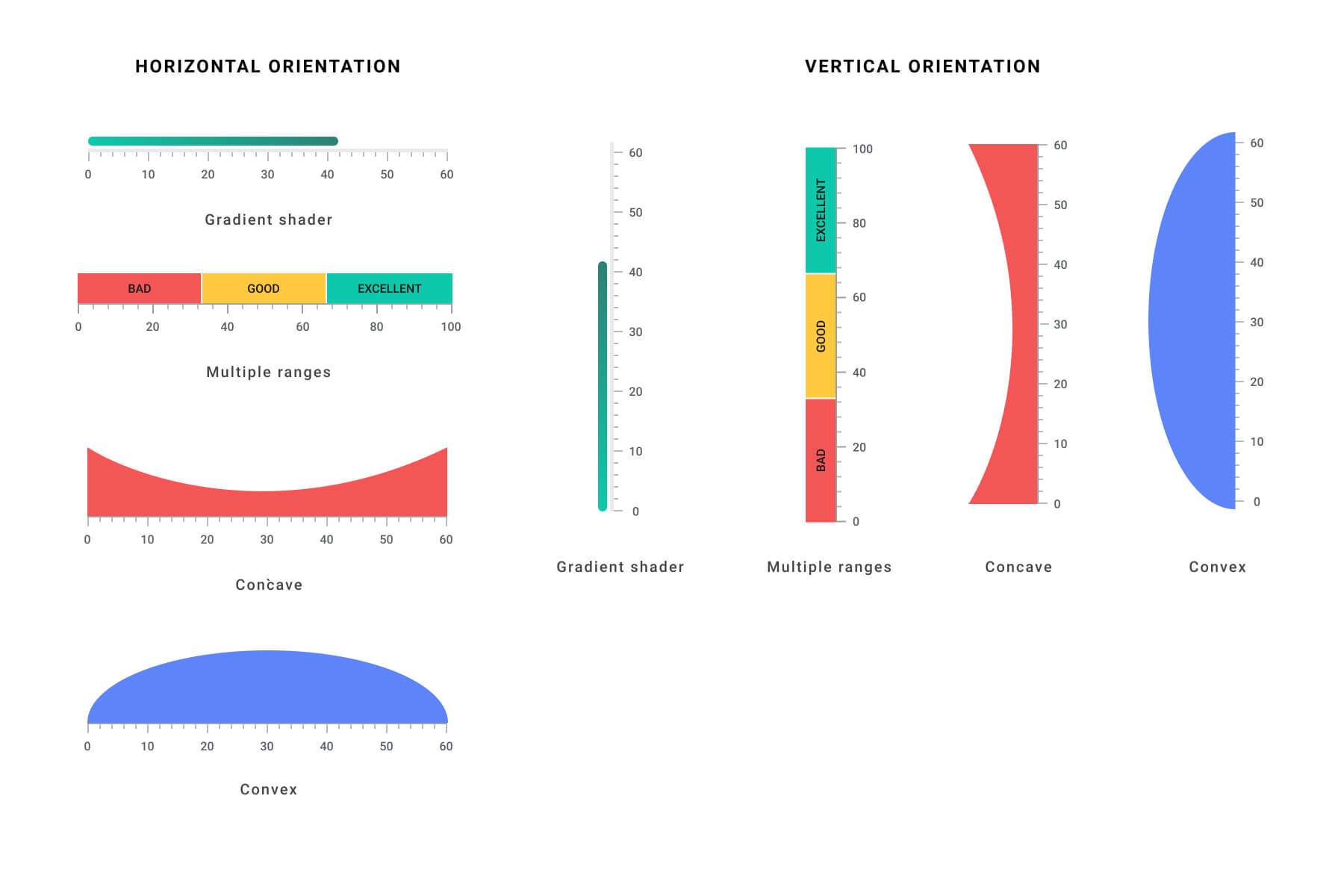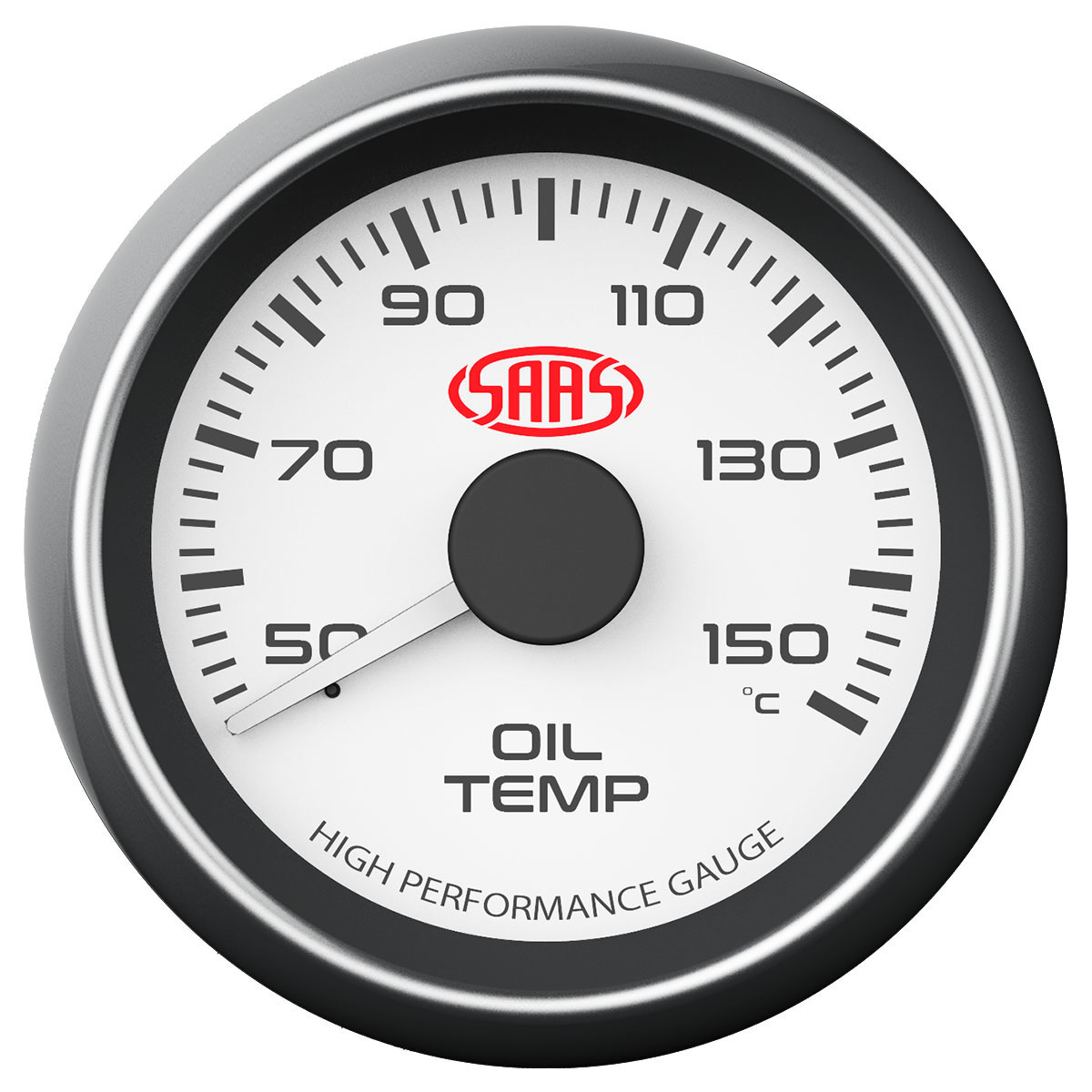Navigating the ever-mysterious oil gauge can seem like venturing into uncharted territory. Don’t let its enigmatic dials intimidate you! This guide will decode its intricacies, ensuring you can decipher the oil gauge’s cryptic messages with confidence.
Have you ever felt a knot in your stomach when the oil light flickers ominously, leaving you stranded in a sea of uncertainty? Fret no more! This guide will equip you with the knowledge to master the oil gauge, empowering you to make informed decisions and keep your vehicle running smoothly.
By learning to interpret the oil gauge’s vital signs, you can bid farewell to unnecessary stress. Embrace the wisdom of this guide, and you’ll become an expert navigator of the oil gauge’s treacherous waters.

Navigating The Oil Gauge: Understanding the Basics
The oil gauge stands as a guardian of your vehicle’s engine, providing a real-time window into its lubrication status. It relentlessly monitors oil pressure, alerting you to potential issues before costly damage occurs. By grasping the basics of the oil gauge, you can ensure your engine’s well-being and extend its lifespan.
Most oil gauges boast straightforward designs, often consisting of a simple needle and dial. As the engine runs, the oil pump circulates oil throughout the system, generating pressure. This pressure is relayed to the oil gauge, causing the needle to fluctuate accordingly.

Decoding the Oil Gauge’s Language
Deciphering the oil gauge’s language is crucial for comprehending your engine’s health. Typically, the gauge features two primary regions: the optimal range and the warning zone. The optimal range, often denoted by a green or white zone, indicates ideal oil pressure levels for your vehicle’s engine.
When the needle ventures outside the optimal range, caution is advised. If the needle drops below the optimal range, it may signal low oil pressure, potentially leading to engine damage due to insufficient lubrication. Conversely, excessively high oil pressure, indicated by the needle exceeding the optimal range, could stem from a clogged oil filter or faulty oil pump, both of which require prompt attention.

The Warning Zone: A Call to Action
Should the oil light illuminate or the needle dip into the ominous red zone, immediate action is imperative. These signals demand urgent attention, as they indicate critically low oil pressure or a complete loss of oil circulation. Continued driving under such circumstances can lead to catastrophic engine damage, incurring costly repairs.
In such instances, pull over to a safe location and shut off the engine promptly. Avoid restarting the engine until you’ve ascertained the root cause of the issue. Refer to your vehicle’s owner’s manual for specific guidance on troubleshooting oil-related problems.

Recommendations for Oil Gauge Mastery
Ensuring optimal oil pressure is paramount for maintaining your vehicle’s health. To achieve this, several proactive measures can be implemented:
- Regular Oil Changes: Adhering to the manufacturer’s recommended oil change intervals is crucial. Fresh oil ensures proper lubrication and helps prevent sludge buildup, which can impede oil flow.
- Oil Filter Replacement: The oil filter plays a vital role in trapping impurities. Replacing the oil filter during every oil change is essential for maintaining optimal oil flow and preventing engine damage.
- Monitor Oil Level: Regularly checking the oil level using the dipstick is a simple yet effective way to ensure proper lubrication. Low oil levels can lead to insufficient pressure, while overfilling can cause engine damage.

Additional Tips for Oil Gauge Excellence
Beyond the recommended practices, consider these additional tips for oil gauge mastery:
- Drive at a Moderate Speed: High-speed driving can strain the oil pump, leading to reduced oil pressure. Maintaining a reasonable speed helps preserve optimal oil pressure.
- Avoid Short Trips: During short trips, the engine may not reach its optimal operating temperature, hindering oil circulation. Allow the engine to warm up before embarking on short journeys.
- Listen for Unusual Noises: Unusual noises emanating from the engine, such as ticking or knocking, could indicate low oil pressure or other engine issues. Promptly address these sounds to prevent further damage.
Fun Facts About Oil Gauges
Did you know that the first oil gauges emerged in automobiles around the 1920s? Prior to that, drivers relied on dipsticks to manually check oil levels.
Modern oil gauges employ advanced sensors and electronic displays, providing more precise and real-time oil pressure readings compared to their mechanical predecessors.

Conclusion of Navigating The Oil Gauge: Optimal Ranges And Warning Signs
Mastering the oil gauge is an essential skill for any vehicle owner. By understanding the optimal ranges and warning signs, you gain the ability to monitor your engine’s lubrication status, ensuring its longevity and preventing costly repairs.
Remember, regular oil changes, timely filter replacements, and mindful driving habits are the cornerstones of oil gauge mastery. With the knowledge imparted by this guide, you’re well-equipped to navigate the oil gauge’s intricacies and keep your vehicle running smoothly for years to come.
